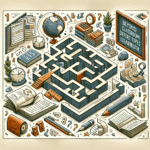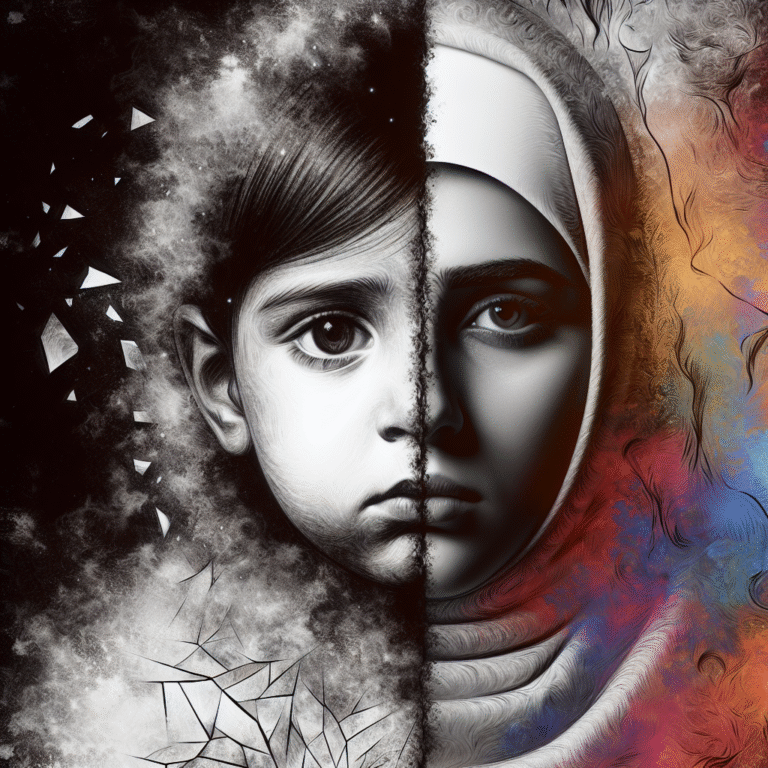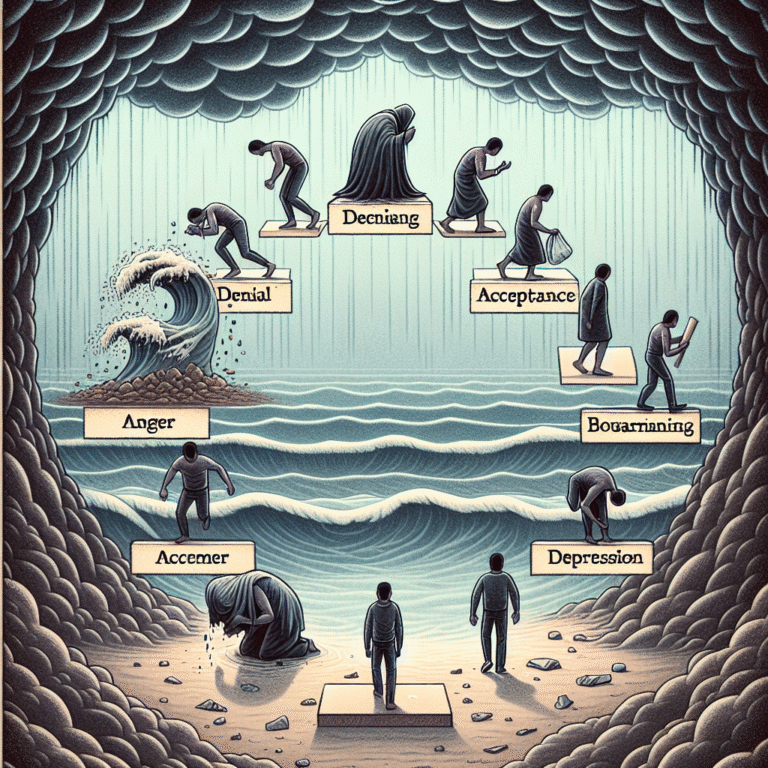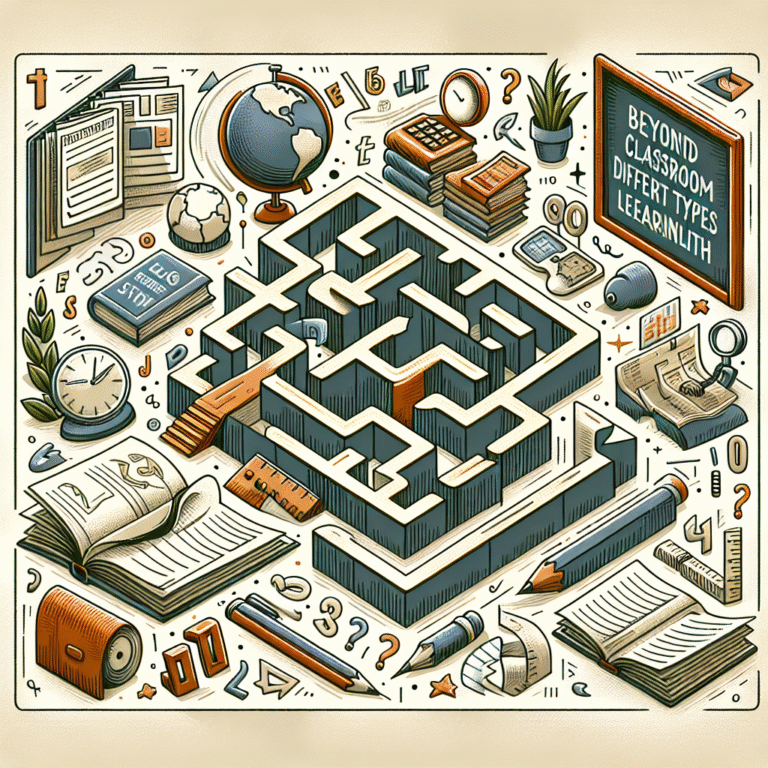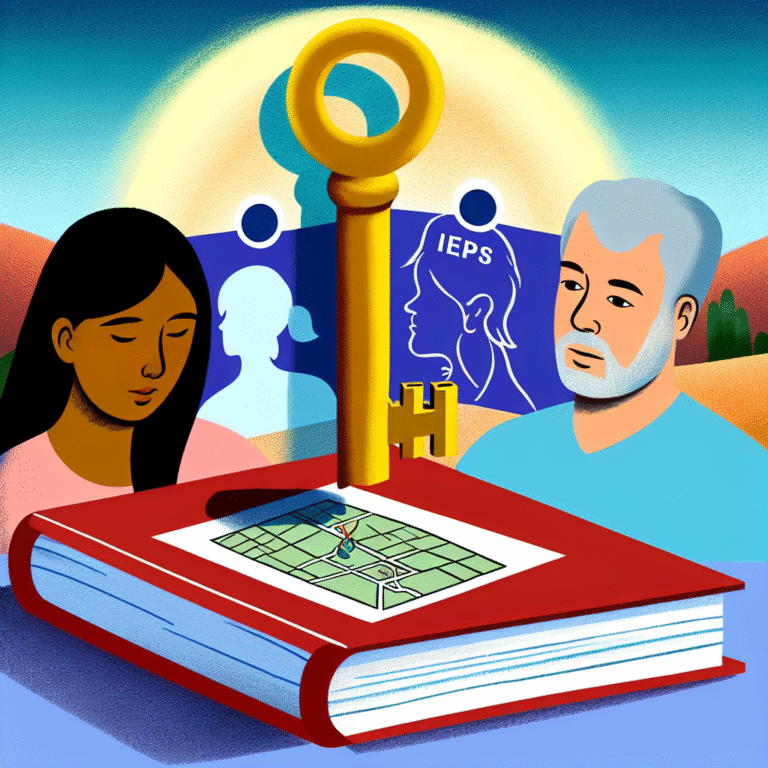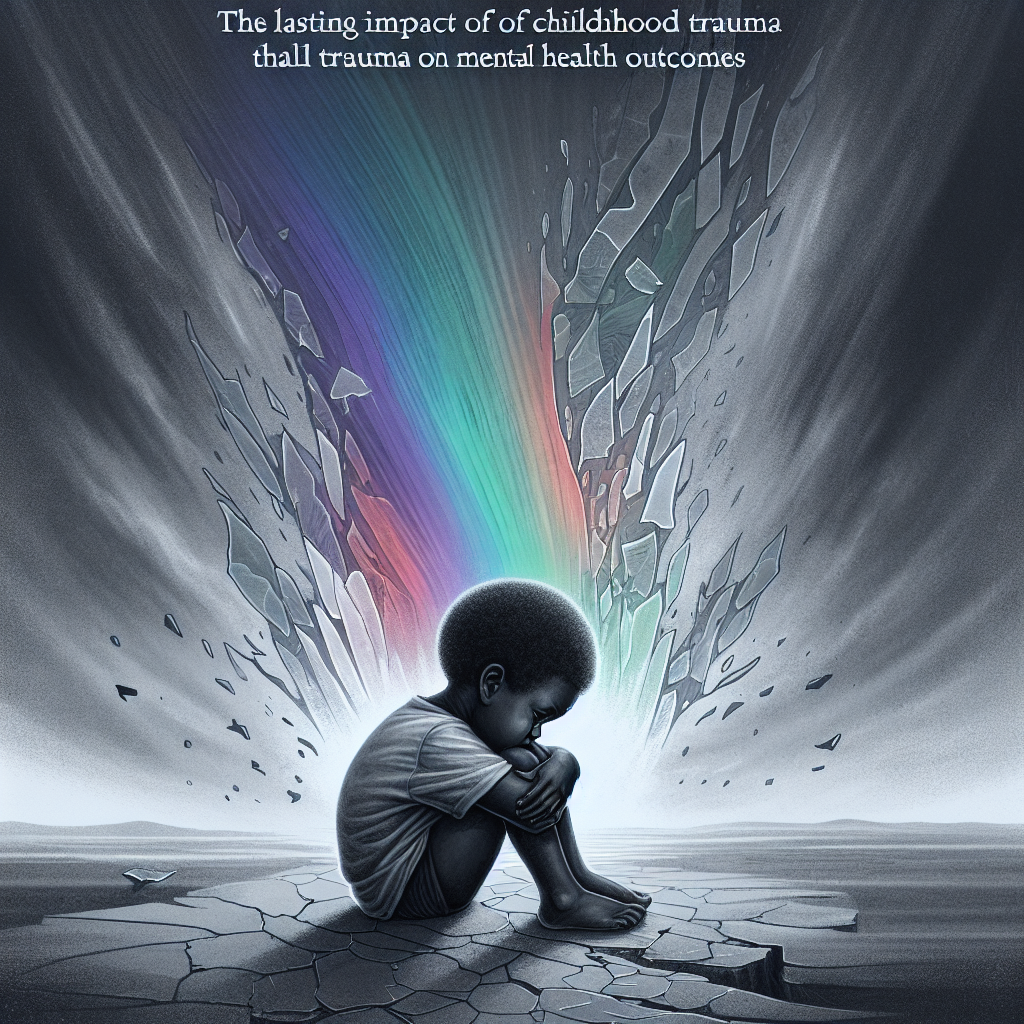
Silent Echoes: The Lasting Impact of Childhood Trauma on Mental Health Outcomes – The Ultimate Guide to Healing
Introduction
Imagine standing in a vast, empty room, where every sound feels amplified – echoes bouncing off unseen walls, haunting memories reverberating through your mind. This metaphorical space captures the essence of childhood trauma: the silent echoes that linger long after the initial pain has faded. Silent Echoes: The Lasting Impact of Childhood Trauma on Mental Health Outcomes is not just a topic of psychological inquiry; it’s a vital conversation that can empower individuals to reclaim their narratives, find healing, and foster resilience.
In today’s fast-paced world, the psychological scars from childhood trauma are often overlooked or misunderstood. The truth is that the impact of traumatic experiences during formative years can shape mental health outcomes for a lifetime. This article delves deep into understanding these lingering effects, exploring the science behind them, and offering insights on how to navigate the path to healing.
Understanding Childhood Trauma
Defining Childhood Trauma
Childhood trauma can stem from numerous experiences, including abuse, neglect, household dysfunction, or witnessing violence. The Adverse Childhood Experiences (ACEs) study outlines a variety of such experiences and underscores the importance of understanding their effects on mental health. This framework provides the groundwork for exploring how these early experiences forge the future.
The Science of Trauma Response
When a child experiences trauma, it can alter brain development and stress response systems. Neuroscience indicates that trauma can affect emotional regulation, decision-making, and even physical health. Research shows that children who experience repeated trauma may face developmental challenges, impacting their ability to process emotions, develop relationships, and manage stress. The silent echoes of these experiences often manifest in anxiety, depression, PTSD, and other mental health disorders later in life.
The Silent Echoes: How Childhood Trauma Affects Mental Health
Emotional Regulation and Resilience
One of the most profound impacts of childhood trauma is on emotional regulation. Traumatized children may struggle to express emotions healthily, leading to difficulties in forming relationships and coping with stress.
Case Study: The Impact of Emotional Dysregulation
Consider Jenna, a 28-year-old woman who faced emotional neglect in childhood. Today, she finds herself in a cycle of anxiety and overreactions in stressful situations, often feeling detached from her emotions. Therapy helped Jenna recognize the emotional echoes of her childhood and develop tools for better regulation, leading to improved relationships and a deeper understanding of herself.
Analysis: Jenna’s case illustrates how recognizing the roots of emotional dysregulation can pave the way for healing and healthier interactions.
Behavioral Manifestations and Mental Health Disorders
Trauma can lead to behavioral issues, such as aggression, substance abuse, or self-harm. The silent echoes of trauma often manifest as maladaptive behaviors that can complicate a person’s life and emotional health.
Table 1: Common Behavioral Responses to Childhood Trauma
| Behavior | Potential Underlying Cause |
|---|---|
| Aggression | Defense mechanism against perceived threats |
| Substance abuse | Coping strategy to numb emotional pain |
| Withdrawal | Fear of further emotional distress |
| Self-harm | Expression of internalized pain and turmoil |
Attachment Issues
Children who experience trauma may develop insecure attachment styles, impacting their relationships as adults. These attachment styles can lead to patterns of fear, avoidance, or a desperate need for connection that can overwhelm relationships.
Case Study: Relationship Challenges Due to Attachment Issues
Mark, a 30-year-old man with a traumatic childhood marked by parental neglect, finds himself in tumultuous relationships. His fear of abandonment leads him to push people away and struggle with intimacy.
Analysis: Mark’s experience reflects how attachment issues stemming from childhood trauma can create ongoing relational difficulties.
The Cycle of Trauma
The implications of childhood trauma extend beyond the individual. They can perpetuate cycles of dysfunction within families and communities. Individuals who have not addressed their silent echoes may unknowingly transmit trauma through generations.
The Neurobiological Perspective
Understanding the neurobiological effects of childhood trauma can offer insights into its lasting impact on mental health outcomes. Trauma can alter brain structures such as the amygdala, which plays a crucial role in processing emotions, and the prefrontal cortex, responsible for impulse control and decision-making.
Chart 1: Brain Areas Affected by Childhood Trauma
| Brain Area | Function | Potential Impact of Trauma |
|---|---|---|
| Amygdala | Emotion processing | Heightened fear response, anxiety |
| Hippocampus | Memory formation | Impaired memory and learning abilities |
| Prefrontal Cortex | Executive function | Poor decision-making and poor impulse control |
Pathways to Healing
Acknowledgment and Understanding
The first step toward healing from the silent echoes of childhood trauma is acknowledging the trauma itself. Engaging with a therapist or mental health professional can provide the necessary support and understanding to reframe experiences positively.
Actionable Insight: Begin journaling about your childhood experiences. Reflecting on these can facilitate a deeper understanding of how they affect current behaviors and emotions.
Therapeutic Approaches
Various therapeutic modalities can aid in processing childhood trauma. Here are a few effective approaches:
- Cognitive Behavioral Therapy (CBT): Helps individuals identify and change negative thought patterns.
- Eye Movement Desensitization and Reprocessing (EMDR): Particularly effective for PTSD, allowing individuals to process traumatic memories.
- Attachment-Based Therapy: Focuses on improving attachment styles and interpersonal relationships.
Case Study: EMDR and Recovery
Sarah, a 35-year-old woman, suffered from severe anxiety and flashbacks due to childhood abuse. After undergoing EMDR therapy, she reported a significant decrease in anxiety symptoms and a greater sense of control over her life.
Analysis: Sarah’s case demonstrates the potential for therapeutic approaches to transform and alleviate the burdens of past trauma.
The Role of Mindfulness and Self-Care
Incorporating mindfulness and self-care routines can significantly contribute to healing. Mindfulness practices promote present-moment awareness, which can mitigate feelings of anxiety and pain linked to past trauma.
Actionable Insight: Try incorporating meditation, yoga, or deep-breathing exercises into your daily routine. These practices can help ground you in the present, reducing the impact of painful memories.
Building Supportive Relationships
Fostering supportive relationships plays a pivotal role in healing. Surrounding oneself with understanding and compassionate individuals can help mitigate the isolating effects of trauma.
Actionable Insight: Seek out support groups or communities where shared experiences can foster understanding and connection.
Conclusion
Exploring Silent Echoes: The Lasting Impact of Childhood Trauma on Mental Health Outcomes illuminates the complex interplay between our past and present. Through acknowledgment, therapeutic interventions, and the cultivation of supportive relationships, it becomes possible to transform these echoes into symphonies of resilience, hope, and healing.
While the journey of healing may be challenging, it is not insurmountable. Each step taken toward understanding and addressing trauma is a victory. Let the silent echoes of your past empower rather than define you, guiding you toward a future filled with possibility and growth.
FAQs
1. What constitutes childhood trauma?
Childhood trauma can include experiences such as physical or emotional abuse, neglect, household dysfunction, or exposure to violence.
2. How does trauma affect mental health later in life?
Trauma can lead to anxiety, depression, PTSD, and difficulties with emotional regulation and relational issues.
3. Can childhood trauma affect physical health?
Yes, research shows that childhood trauma can increase the risk of various physical health issues, such as heart disease and chronic illness.
4. Is it possible to recover from childhood trauma?
Yes, many individuals can heal from childhood trauma through therapy, self-care practices, and supportive relationships.
5. What role does therapy play in healing from childhood trauma?
Therapy provides a safe space for individuals to process their trauma, develop coping strategies, and foster personal growth. Various modalities, including CBT and EMDR, can be effective in this journey.
In summary, addressing the silent echoes of childhood trauma is not just about recognizing the past; it’s about shaping a healthier, more resilient future. Your journey toward healing is a testament to the strength and capacity for change we all possess.
